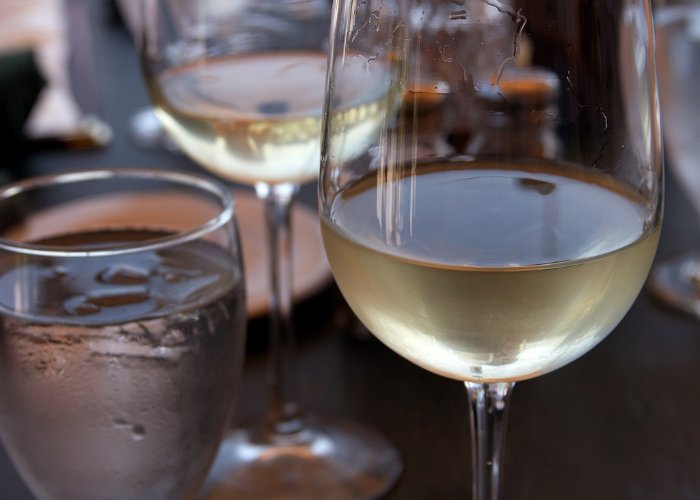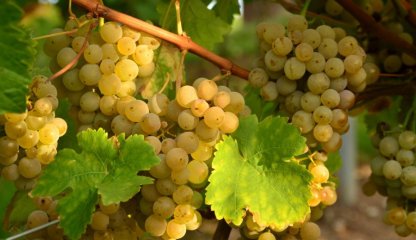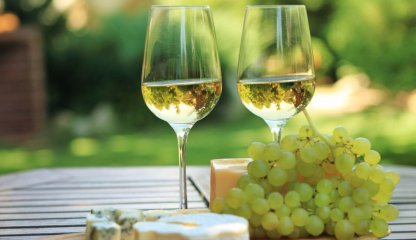Bianco Pisano di San Torpè DOC
A priceless piece of Tuscan heritage from the Pisan countryside
History and landscape
Bianco Pisano di San Torpè is a wine that Pisan countryside producers have been making since distant times. In 1980, it was given a name and a specific code of production. The name refers to a decapitated Christian martyr, one of Nero’s soldiers, whose body was abandoned on a boat. In 68 CE, this boat docked on a French coastal village, and the martyr inspired the town’s name: Saint Tropez. Today’s Bianco Pisano di San Torpè production zone has long been famous for its fine trebbiano-based wines. This tradition has continued through the centuries, reaching the contemporary era with only natural evolutions and changes. Today, wine companies are committed to promoting and protecting the inherent quality of this wine, in Italy as well as abroad. In addition to the Bianco, the DOC designation covers Vin Santo.
Bianco Pisano di San Torpè is a wine that Pisan countryside producers have been making since distant times. In 1980, it was given a name and a specific code of production. The name refers to a decapitated Christian martyr, one of Nero’s soldiers, whose body was abandoned on a boat. In 68 CE, this boat docked on a French coastal village, and the martyr inspired the town’s name: Saint Tropez. Today’s Bianco Pisano di San Torpè production zone has long been famous for its fine trebbiano-based wines. This tradition has continued through the centuries, reaching the contemporary era with only natural evolutions and changes. Today, wine companies are committed to promoting and protecting the inherent quality of this wine, in Italy as well as abroad. In addition to the Bianco, the DOC designation covers Vin Santo.
Varietals
Tuscan Trebbiano 75-100%. Other white grape varieties may be used up to 25%. The yield cannot exceed 120 kilograms per hectare.
Tuscan Trebbiano 75-100%. Other white grape varieties may be used up to 25%. The yield cannot exceed 120 kilograms per hectare.
Sensory characteristics
Bianco Pisano di San Torpè is a straw-yellow color that varies in intensity. It has a very “winey”, lively scent and a dry, balanced, delicate taste. The minimum alcohol gradation is 11º for the white and 16º for the Vin Santo. The latter cannot be marketed before November 1 of the third year following grape production (and the fourth for the Vin Santo Riserva). Its color ranges from a golden hue to an amber of varying intensity; its scent is strong, celestial and aromatic; and its taste is either sweet or dry and balanced, with a characteristic aftertaste.
Bianco Pisano di San Torpè is a straw-yellow color that varies in intensity. It has a very “winey”, lively scent and a dry, balanced, delicate taste. The minimum alcohol gradation is 11º for the white and 16º for the Vin Santo. The latter cannot be marketed before November 1 of the third year following grape production (and the fourth for the Vin Santo Riserva). Its color ranges from a golden hue to an amber of varying intensity; its scent is strong, celestial and aromatic; and its taste is either sweet or dry and balanced, with a characteristic aftertaste.
Tasting tips
Bianco Pisano di San Torpè is best enjoyed young, and goes well with Pisan fish-based dishes, from stews to seafood, or with noble fish served in paper cones; for a more imaginative alternative, try pairing it with raw fish.
Bianco Pisano di San Torpè is best enjoyed young, and goes well with Pisan fish-based dishes, from stews to seafood, or with noble fish served in paper cones; for a more imaginative alternative, try pairing it with raw fish.






